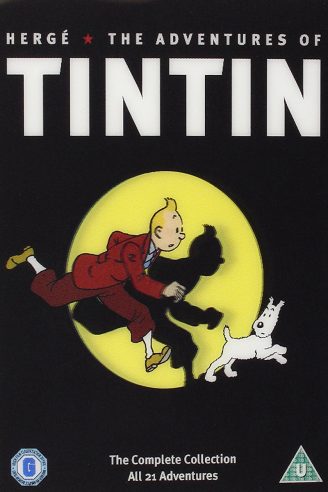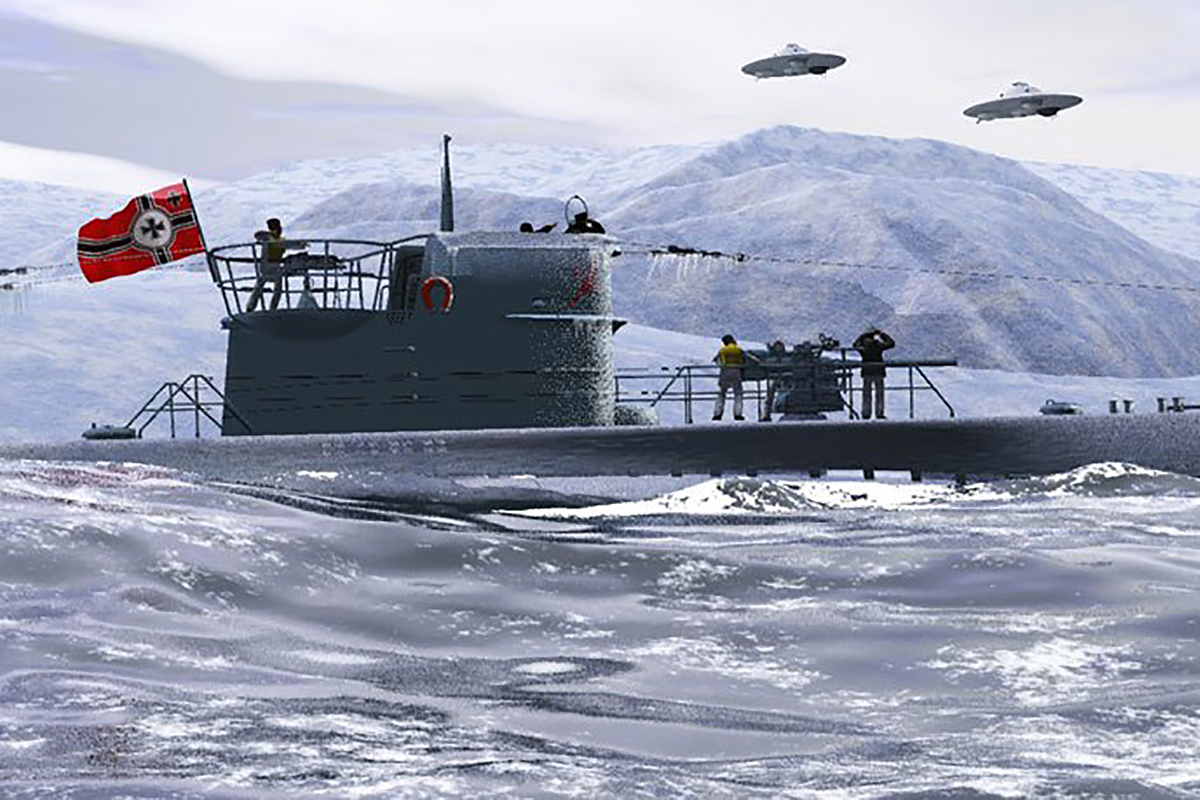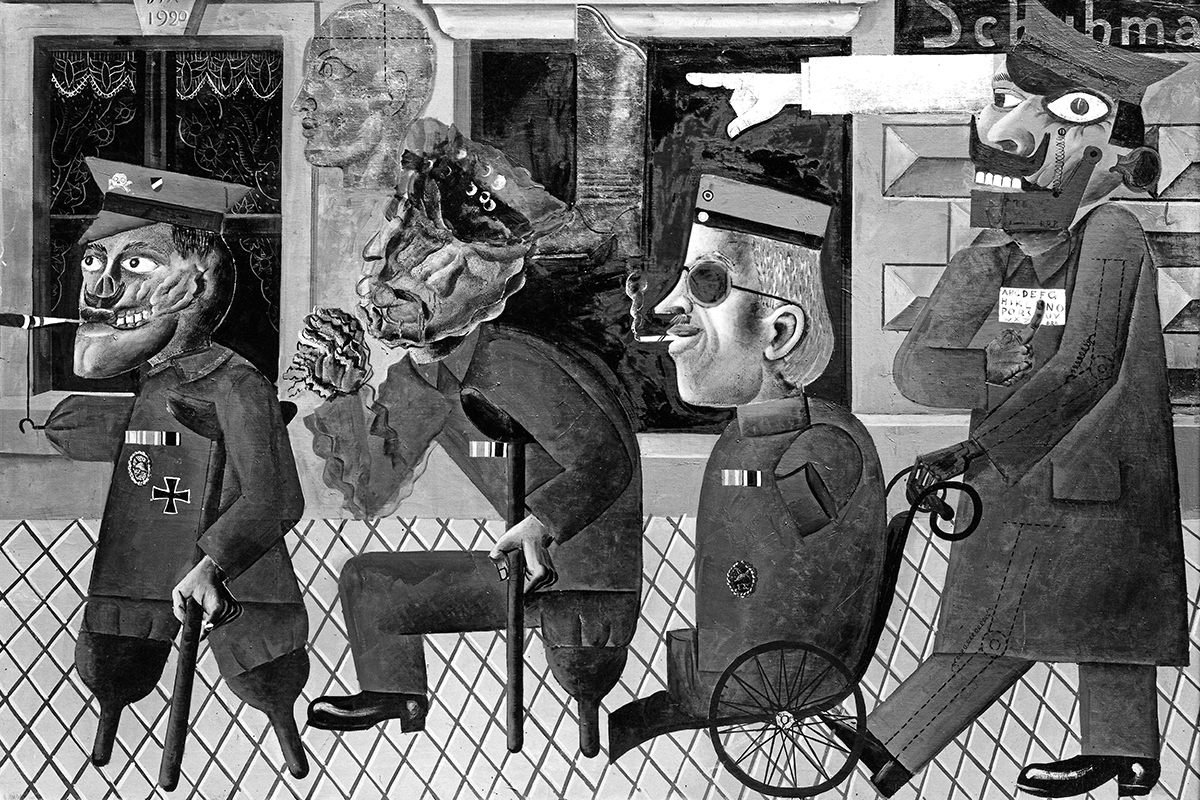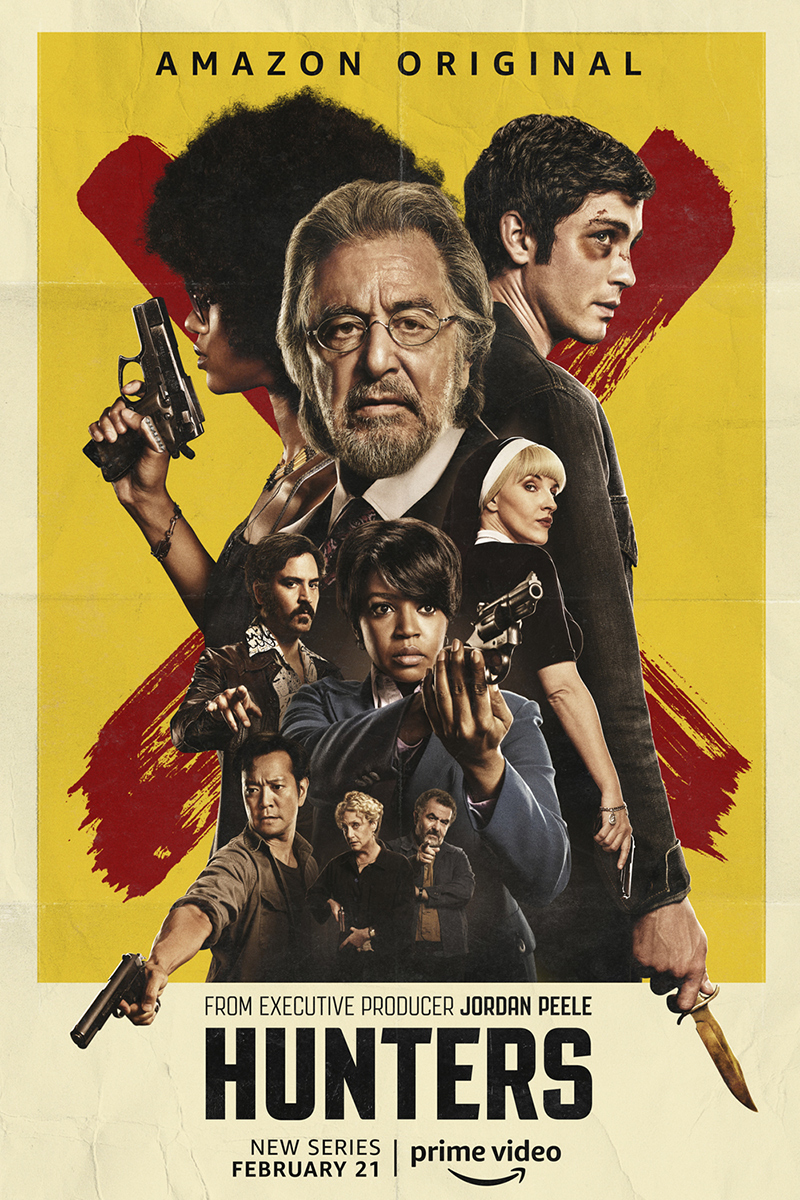It must have been a nostalgic mood that gripped me when I decided to buy the boxset of The Adventures of Tintin. I was yearning back to rainy Saturday afternoons when the TV or a good book offered the only chance for some innocent high adventure. So I acted on this whim and made the purchase, remembering the brightly colored characters and escapist adventures of Tintin.
Although not strictly what we might call dieselpunk, being based quite directly on period comic strips, these Tintin films could still be considered as good examples of the pulp genre and so are worthy of our study.
For those not in the know, the films are based on the Tintin books by Belgian artist Georges Prosper Remi, otherwise and more famously known as Hergé. Hergé was one of the first comic-strip artists in Europe and created numerous favorites of Belgian childhood; Jo, Zette and Jocko, Quick and Flupke and, of course, the iconic Tintin.
Along with Agatha Christie’s Hercule Poirot, Tintin is perhaps the most famous fictional Belgian and the proliferation of his adventures has spread all over the world and into many languages.
The Adventures of Tintin have brought joy and adventure to over three generations since Hergé began his first Tintin adventure in 1929; the quite topical Tintin in the Land of The Soviets. (An adventure unfortunatly not featured in the film collection.)
But Hergé would send Tintin on adventures much further afield. The most successful and memorable of these are presented in the animated films.
Never short of a little playful satire of the times, these adventures include frequent trips to lost South American temples at the heart of countries in the middle of revolution, coups and counter-coups, often featuring Tintin’s friend, Revolutionary General and part-time variety act General Tapioca. From the 1930s to the 1950s, Tintin has been involved in oil conspiracies in post-war Arabian states, diamond thefts, treasure hunts, opium plots in China and even a very retro-futuristic trip to the moon in a space rocket.
Indeed, Tintin’s adventures are a perfect introduction for children, young and old, to the high adventure of the 1920s to 1950s pulp stories.
As the times changed, so did Tintin. The humor was to begin with slapstick, mostly provided by the clumsy detectives Thompson and Thomson, but later, as Hergé witnessed more of the world, this humor evolved into sophisticated satire and cultural observation.
This similarity to the film adventures of the likes of The Maltese Falcon, or the American dime novels was arguably an influence on the young Hergé when he brought Tintin to life.
The films do not disappoint in this regard. They may be lacking the femmes fatales and the heavy-drinking hero, but Tintin is still possessive of the core of these period adventure yarns. This is, after all, kids’ stuff, harmless, innocent fun. Something we can all relate to, a common childhood memory so well represented in the style of Hergé’s artwork and the simplicity of the adventures.
The cast of characters which surrounds him adds weight to the momentum: Snowy (or Milou, for the purists and the Belgians), is the faithful hound, somewhat more colorful than Tintin as everyman. Snowy drinks Scotch whiskey when possible and often gets up to mischief. In the books, he offered a dry sense of humor and criticism to the plot. Unfortunately, this element of Snowy is missing in the films. Presumably the animators wanted to keep things a bit more visual and simple.
The other memorable characters of the series include Captain Haddock, the seafaring captain whose sarcasm makes up for the lack of Snowy’s dialogue. In this role, Haddock offsets Tintin’s optimistic heroism.
Then there is the detectives, Thompson and Thomson, who bungle through the adventures, oftentimes at odds with Tintin, sometimes relying on the young reporter to save them. Like Professor Calculous the hard-of-hearing and absent-minded physicist, I found them a bit tedious at times, but then again, the humor of these three characters is much more suited to a younger audience, as opposed to the rest which I found enjoyable even at my stage of adolescent vulgarity.
As with the books though, I found these films hard to criticize. They are perfect adventure tales and really quite lovable.
The franchise of Tintin, however, has often been criticized as colonialist and even racist, and, as much as these things are wrong, it is equally wrong to criticize these for that, for they are period pieces (more so the books than the films) and so the social climate of the time of creation should be taken into account before such statements are made.
By no means then should these be dismissed as racist or anything of the kind. The films were made in the early 1990s and so they are discretely edited for anything offensive. Hergé himself looked back at the controversial Tintin in the Congo as a low point for his work and accurately points out that, at the time, there was nothing wrong with its stereotypical portrayal of the indigenous black populace, although this portrayal is shocking by modern standards.
To conclude then, I strongly recommend these films if you remember watching them, as I did, as a kid, or enjoyed the books and fancy a stroll down memory lane. Or, even better, let Tintin capture the imagination of the next generation and get them for your own children, if you are fortunate enough to have any. Tintin’s adventures to the bottom of the sea or in search of lost tombs and treasures are as enjoyable for today’s youth as they were seventy years ago and a perfect reminder to those of us interested in dieselpunk and pulp that there is also a light-hearted side to our interests.
This story first appeared in Gatehouse Gazette 4 (January 2009), p. 15-16, with the headline “Nostalgia; The Adventures of Tintin”.





